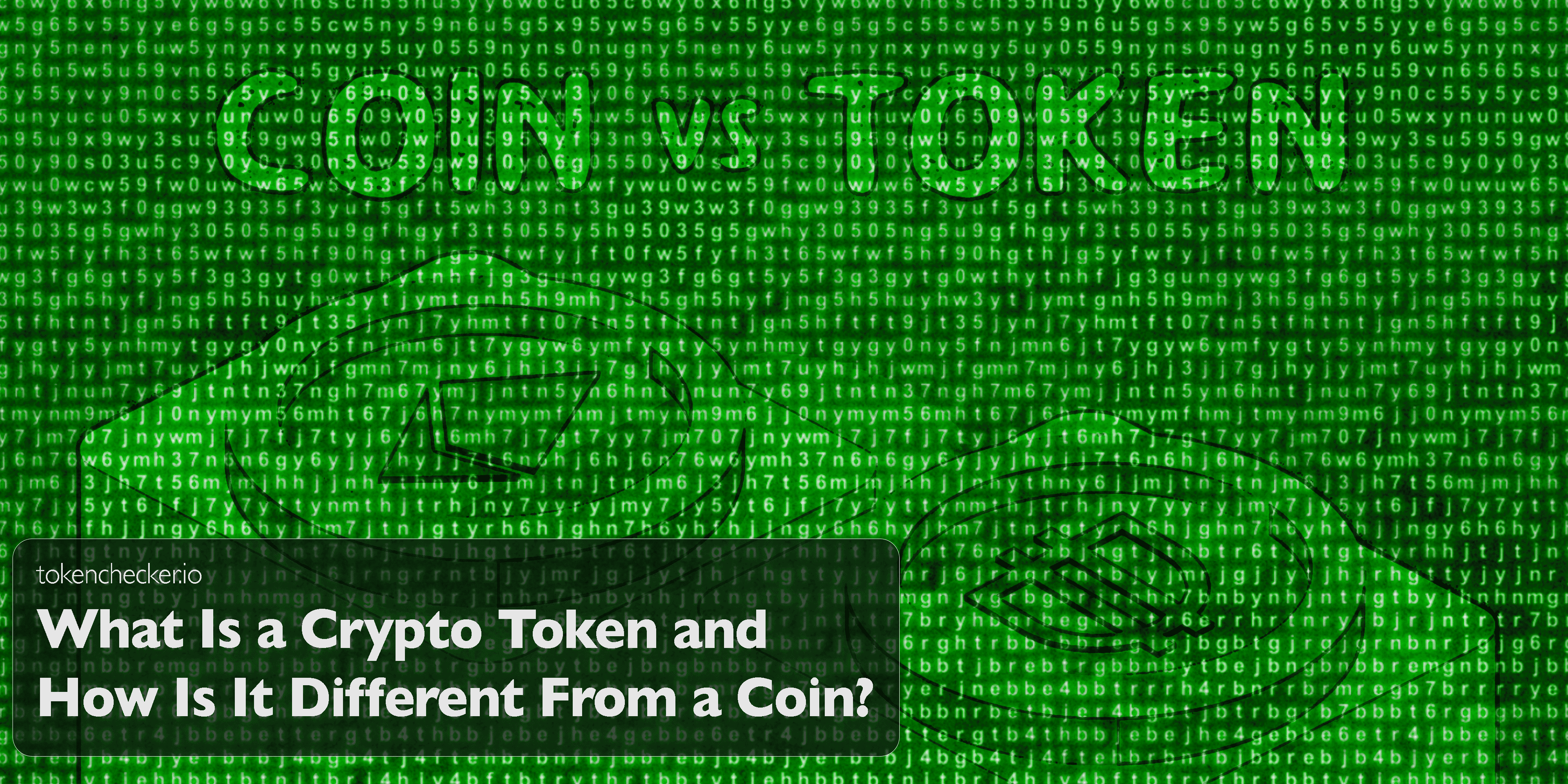
What Is a Crypto Token and How Is It Different From a Coin?
“Is this a token or a coin?”
It’s a simple question—but in crypto, the answer unlocks a lot more than just vocabulary. Understanding the difference can tell you who controls the project, how it's built, and what risks are baked in from day one.
So let’s clear it up: coins and tokens aren’t the same thing. They play different roles in the ecosystem, and knowing which one you’re dealing with can help you spot red flags much earlier in your research process.
The Core Difference: Blockchain vs. Built On
At its core, the split comes down to infrastructure.
Coins are native to their own blockchains. They power the whole system. Think:
- Bitcoin (BTC) on the Bitcoin blockchain
- Ethereum (ETH) on the Ethereum blockchain
- Solana (SOL) on Solana’s own network
These are base-layer assets. You use them to pay gas fees, secure the network, and settle smart contracts.
Tokens, on the other hand, are built on top of other blockchains. They don’t have their own chain—they live on one. Most tokens use existing standards like Ethereum’s ERC-20 or BNB Chain’s BEP-20.
This makes tokens faster to launch. But it also means their behavior is defined entirely by smart contract code—which is where the trouble starts.
Why This Matters for Safety
When you're dealing with a coin, you're usually trusting the blockchain. It’s open source. Heavily audited. Secured by miners or validators.
When you're dealing with a token, you’re trusting the smart contract—and by extension, the developer.
Tokens are programmable. That’s great for innovation. But it also allows devs to insert:
- Hidden mint functions
- Transfer fees
- Sell limits
- Admin powers like freezing wallets
And unless you know how to read that contract or scan it with a tool like tokenchecker.io—you’re flying blind.
Tokens also tend to have smaller communities and weaker economic backing. Coins like ETH or BTC are extremely liquid. But many tokens have just a few thousand dollars of liquidity—which can vanish in a click.
Everyday Examples: Token vs. Coin
Let’s say you’re browsing CoinMarketCap and see:
- MATIC: Originally a token on Ethereum. Now a coin after Polygon launched its own chain.
- USDT (Tether): A token. Lives on Ethereum, Tron, BNB Chain, and more. It doesn’t have its own chain.
- DOGE: A coin. It's got its own (weirdly forked) blockchain and runs like BTC.
- Shiba Inu (SHIB): A token. ERC-20 built on Ethereum. Popular, but entirely contract-driven.
If a project has a contract address—it’s almost always a token. If it has a native chain, a consensus model, and validators—it’s a coin.
Final Thoughts
The crypto world throws the words “coin” and “token” around like they’re interchangeable. They’re not. And if you’re trying to avoid scams, that distinction can protect your wallet.
Tokens are faster to launch, easier to manipulate, and more likely to have bugs or backdoors. Coins are usually more secure but also slower moving and harder to audit on the app level.
That doesn’t mean tokens are bad. Many tokens power incredible tools, ecosystems, and platforms. But you should know who wrote the contract, who can update it, and what powers they’ve given themselves.
And that’s where tools like tokenchecker.io come in. We scan token contracts for dangerous functions, honeypot traps, sniper wallets, liquidity issues, and more—so you don’t have to rely on guesswork.